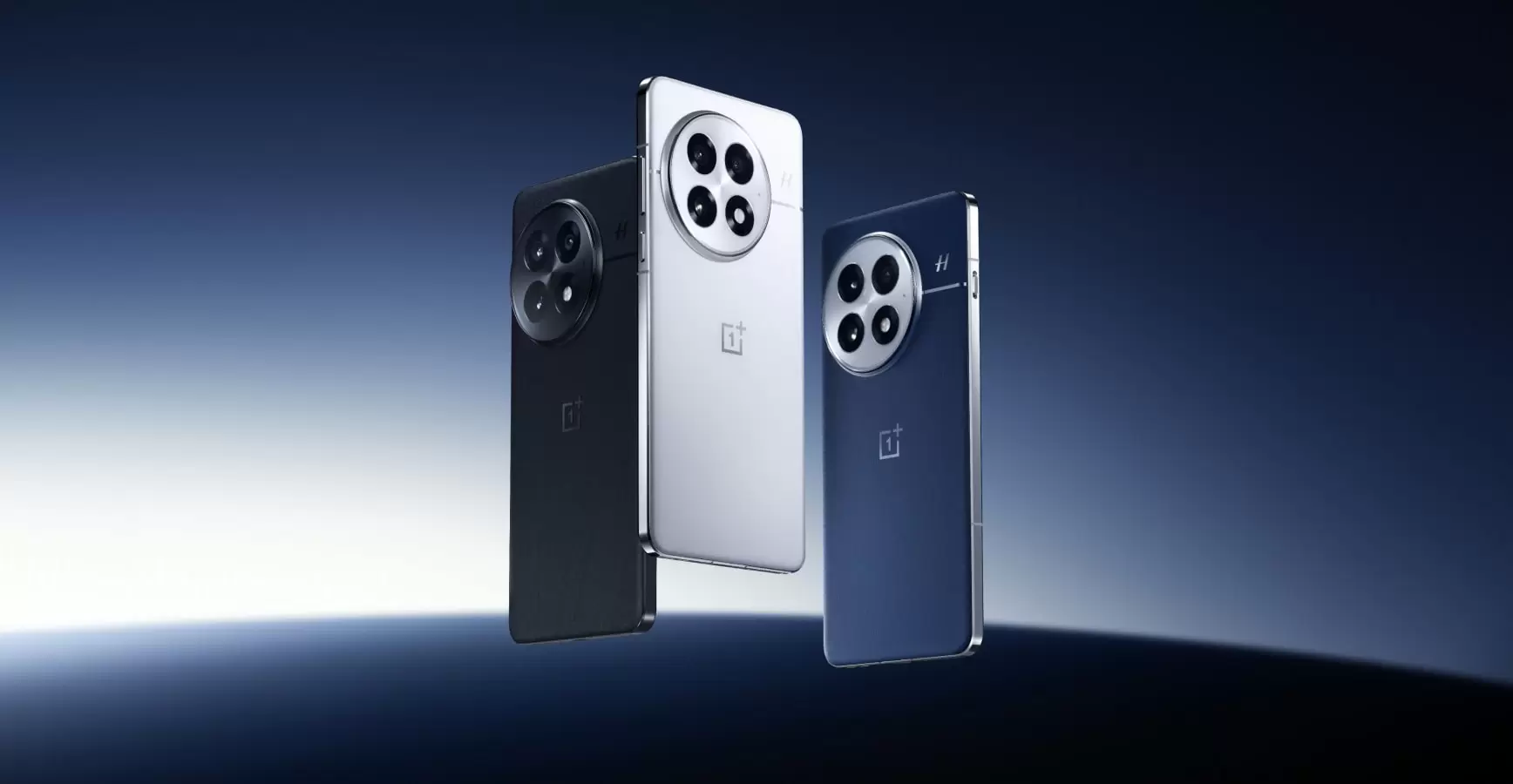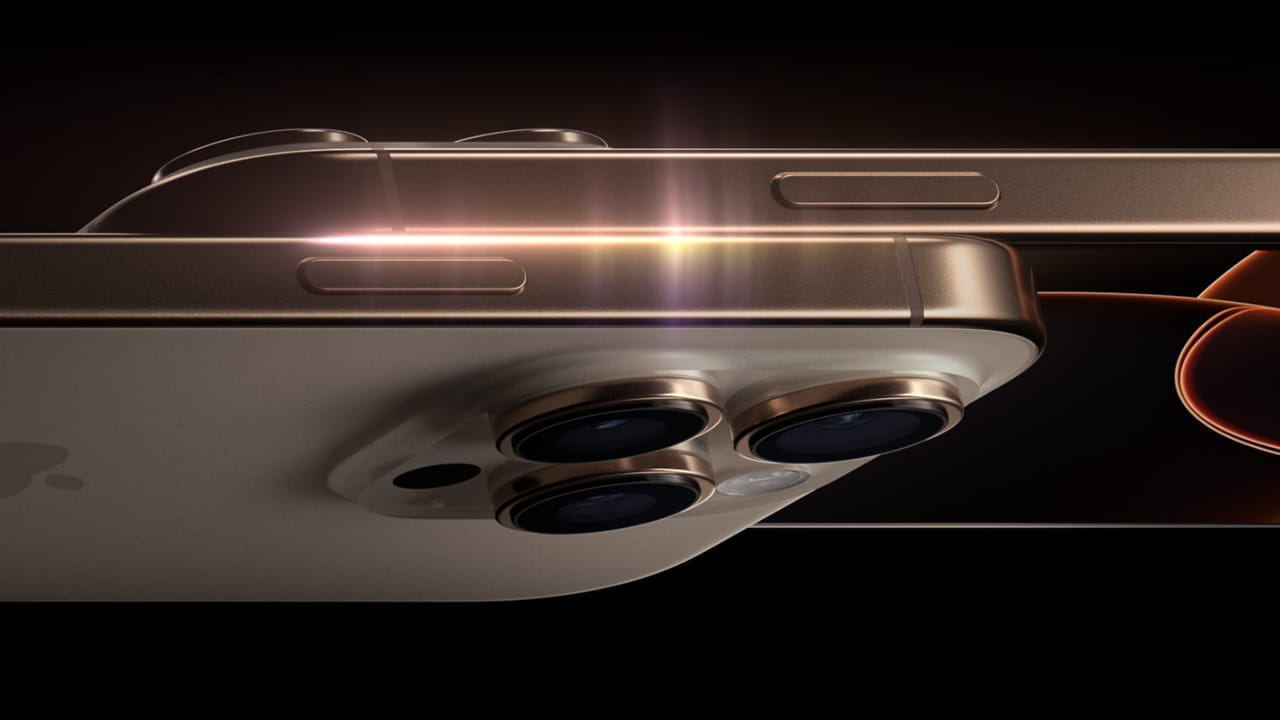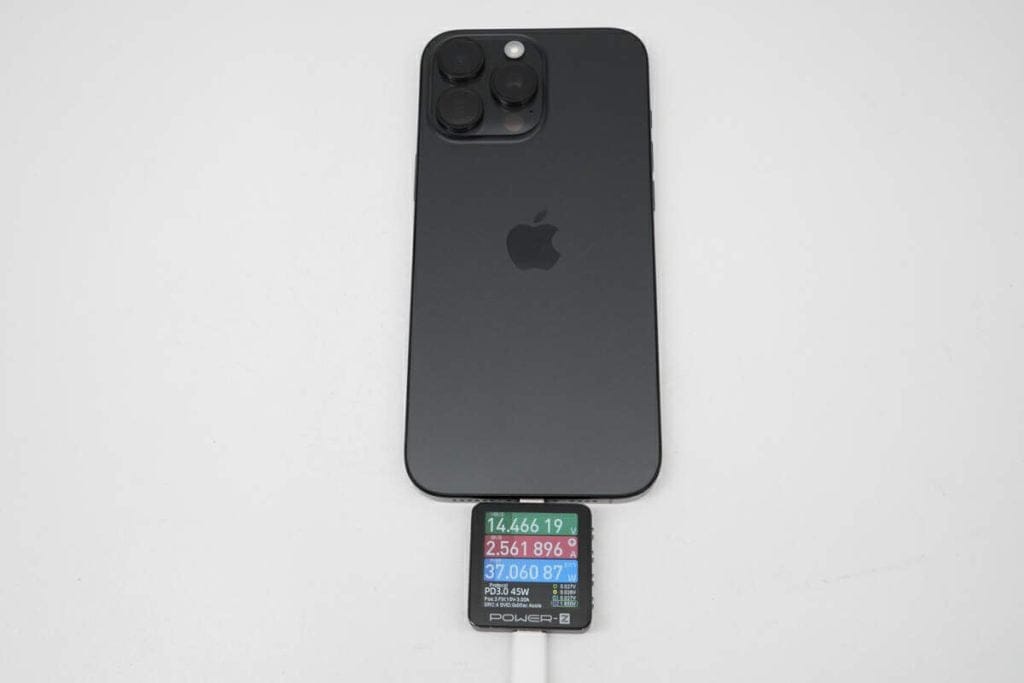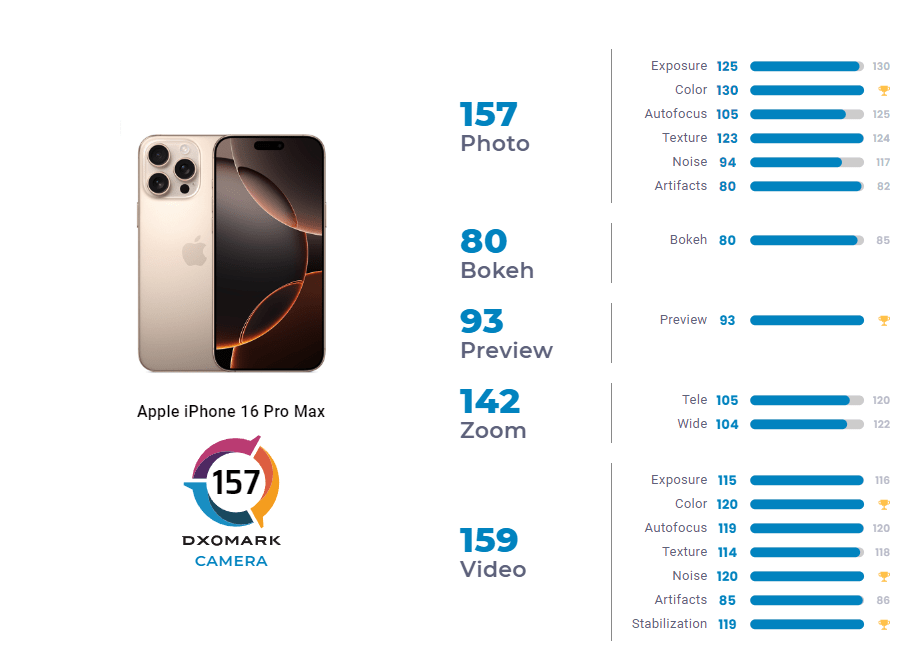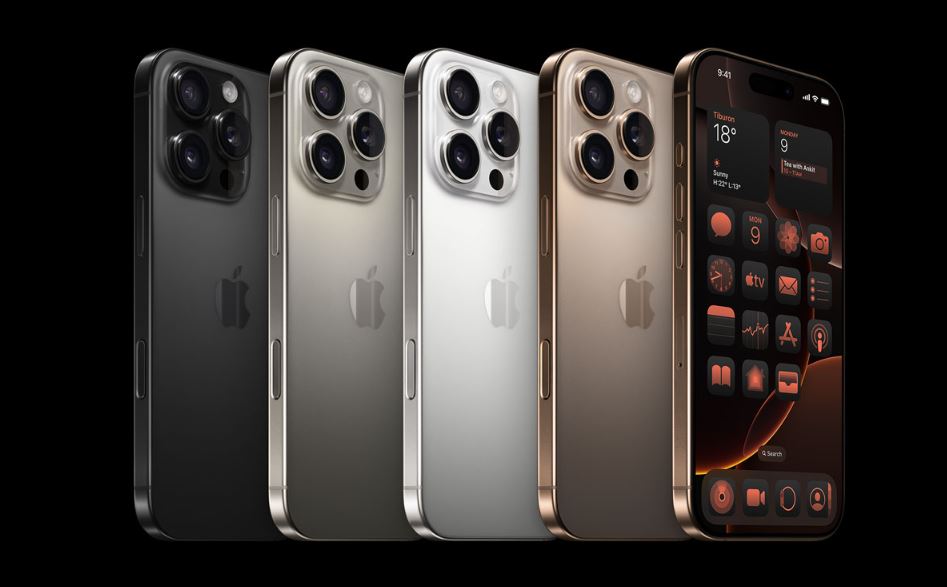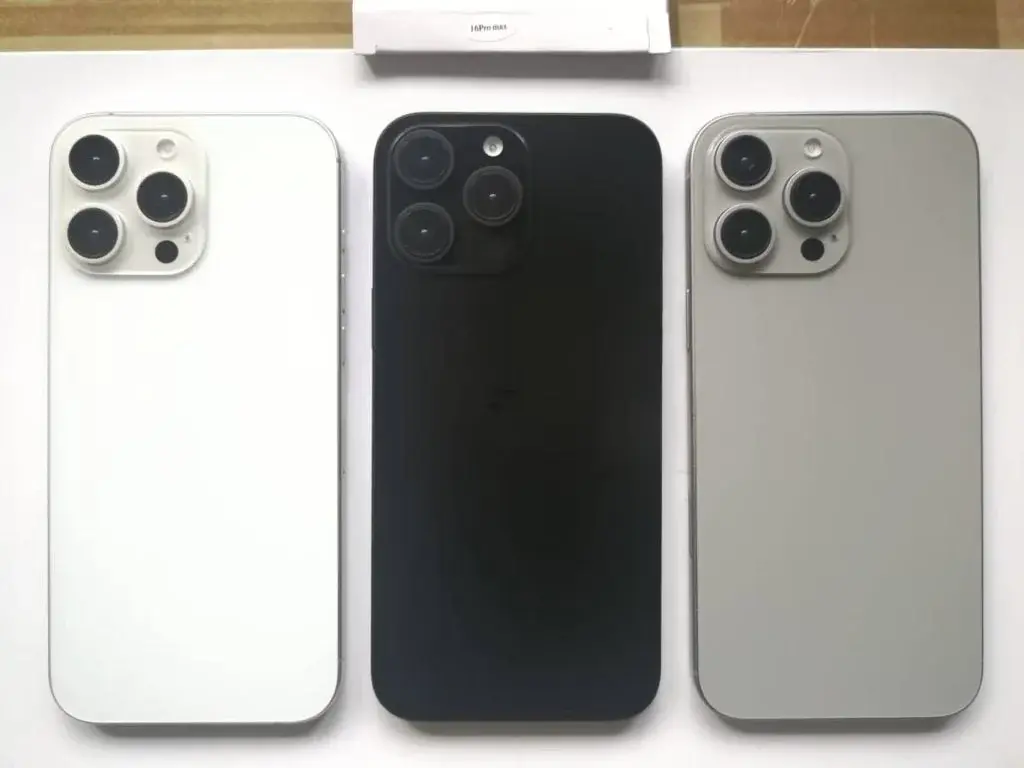Oppo is set to introduce the Find X8 series on October 24, and they have already shared some important details about the new models. Recently, Oppo teased information about the battery of the Pro variant. The company claims that the Find X8 Pro can surpass the iPhone 16 Pro Max in battery endurance tests.
Battery Specs
The Oppo Find X8 Pro features a 5,910 mAh "Glacier Battery," which is based on advanced silicon-carbon anode technology. This battery has a larger capacity compared to the Find X7 Ultra, but Oppo states that the new flagship is 13% slimmer. This makes it the thinnest device in the Find series while still having a battery size near 6,000 mAh.
Performance Results
According to Oppo’s internal test results, the Find X8 Pro can provide 29.3 hours of continuous video playback. In contrast, the iPhone 16 Pro Max is said to offer 27.7 hours of playtime in the same scenario. Additionally, the Find X8 Pro is expected to last 7.2 hours when recording HDR video, which is significantly better than the iPhone’s 5-hour performance.
Extreme Testing Conditions
Oppo also evaluated the Find X8 Pro under extreme conditions, specifically at -20° C (-4° F). In this challenging environment, the Find X8 Pro managed to record Dolby Vision HDR video for 5.3 hours, while the iPhone 16 Pro Max could only last 10 minutes under identical circumstances.
Through these tests, Oppo aims to showcase the impressive battery longevity of the Find X8 Pro. If Oppo’s findings are indeed true to real-life usage, this upcoming flagship model could be an excellent option for users looking for a smartphone with dependable battery life (Anker 737 power bank curr. $109.99 on Amazon).
Oppo made this announcement on Weibo (translated from Chinese).





